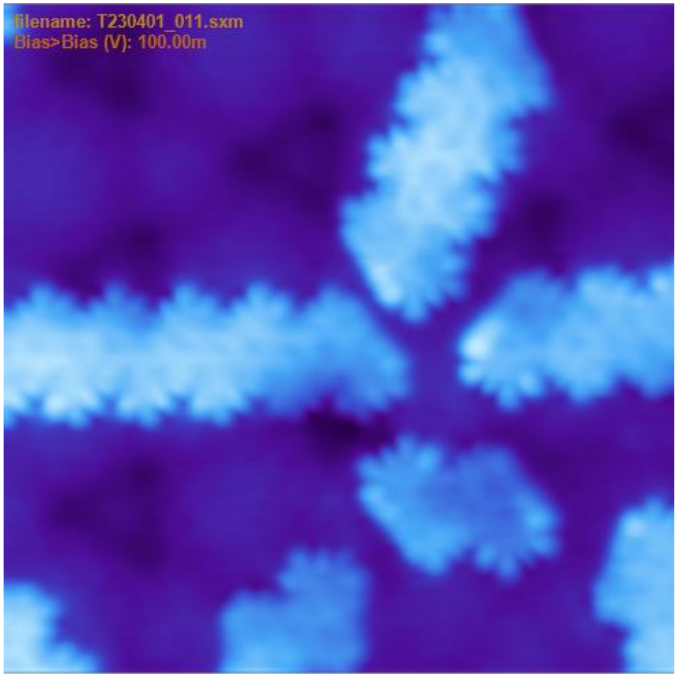Poster presentation
Spin and charge control of topological end states
in exchange biased chiral graphene nanoribbons
Leonard Edens1, F. Lara1, M. Vilas-Varela2, G. Beretta3, S. Sanz4, T.
Frederiksen4,5, D. Peña2, and J. I. Pascual1,5
1 CIC nanoGUNE, 20018 San Sebastián, Spain
2 Centro Singular de Investigación en Química Biolóxica e Materiais Moleculares (CiQUS), and Departamento de Química
Orgánica, Universidade de Santiago de Compostela, Spain
3 Politecnico di Torino, 10129 Torino, Italy
4 Donostia International Physics Center (DIPC), 20018 San Sebastián, Spain
5 Ikerbasque, 48011 Bilbao, Spain
Graphene nanoribbons (GNRs) are a versatile platform for exploration of carbon magnetism, topolog- ical quantum matter and band engineering, with promising applications in next generation charge and spin-based electronics [1]. In-situ on-surface synthesis and scanning tunneling spectroscopy have proven powerful techniques in observing such phenomena in tailor-made systems at the intramolec- ular level. Crucially however, the underlying metal substrate readily (de-)populates the molecular or- bitals, occluding faint phenomena such as localized spins due to electron-electron interactions pre- dicted for the gas phase. It was previously shown that, when alloyed with rare-earth metals, gold can still allow for on-surface synthesis while exhibiting a much lower work function [2,3]. We show here that (3,2,8)-chiral GNRs can be synthesized with atomic precision on the ferromagnetic GdAu2 2D in- termetallic, and do not transfer charge to or from the substrate. We furthermore observe that the occupancy and thereby net spin of the two topological end states can be controlled from empty, to doublet, then to singlet, by lateral manipulation of the position and orientation of the nanoribbon with respect to the substrate’s moiré lattice. In the latter two cases, we resolve spin-split low energy features that can be explained by Coulomb and spin correlations between π and substrate electrons in the presence of the strong 4f-mediated exchange bias. Mapping the splitting energy, we find good agreement with the previously determined magnetic texture of GdAu2 [4].

[1] Li, J. et al., Nat Commun 12, 5538 (2021)
[2] Corso, M et al., ACS Nano 4, 1603–1611 (2010)
[3] Que, Y. et al., J. Phys. Chem. Lett. 11, 5044–5050 (2020)
[4] Bazarnik, M. et al., Phys. Rev. B 99, 174419 (2019)